
Govt might allow revised returns for input credit for pre-GST stocks
August 30, 2017GST Rules and Regulation: Valuation of Supply of Goods
The GST system was implemented in India in 2017, replacing multiple indirect taxes and creating a unified tax system for businesses and consumers. However, understanding the GST rules and regulations can be overwhelming for many people.
The goal is to simplify the valuation of taxable supply under rules of GST. We’ll explain these rules in plain and simple terms, so you can easily understand and comply with the GST laws, 2016.
If you are curious about rules of GST system, this blog will help you navigate the ins and outs of the important GST rules in India.
GST Rule, 2016: Determination of the Value of Supply of Goods and Services

The GST Valuation (Determination of the Value of Supply of Goods and Services) Rules, 2016, is a set of guidelines that establish the method of determining the value of goods and services for the purpose of Goods and Services Tax (GST) in India.
RULE 1 : Short title, commencement and application
This GST rule outlines the short title, commencement, and application of the GST Valuation Rules, 2016, which apply to the supply of goods and services under the IGST/CGST/SGST Act.
(1) These rules may be called the GST Valuation (Determination of Value of Supply of Goods and Services) Rules, 2016.
(2) These Rules shall come into force on the day the Act comes into force.
(3) They shall apply to the supply of goods and/or services under the IGST/CGST/SGST Act.
RULE 2 : Definitions
This is the important rule of GST that defines the key terms used in the GST Valuation Rules, such as “goods of like kind and quality,” “services of like kind and quality,” and “transaction value.” It also states that words and expressions not defined in the rules will have the same meaning as assigned in the Act.
(1) In these rules, unless the context otherwise requires:
(a) “Act” means the IGST Act or the CGST Act or, as the case may be, the SGST Act;
(b) “goods of like kind and quality” means goods which are identical or similar in physical characteristics, quality and reputation as the goods being valued, and perform the same functions or are commercially interchangeable with the goods being valued and supplied by the same person or by a different person;
(c) “services of like kind and quality” means services which are identical or similar in nature, quality and reputation as the services being valued and supplied by the same person or by a different person;
(d) “transaction value” means the value of goods and/or services within the meaning of section 17of the IGST/CGST/SGST Act.
(2) Words, expressions and terms not defined in these Rules shall have the same meaning as is assigned to them in the Act.
RULE 3 : Methods of determination of value
This rule outlines the methods for determining the value of goods and/or services for GST purposes, including the use of transaction value, which shall be determined in monetary terms and accepted even for related parties, and the sequential use of rules 4 to 6 for specific types of supplies.
(1) Subject to rule 7, the value of goods and/or services shall be the transaction value.
(2) The “transaction value” shall be the value determined in monetary terms.
(3) Where the supply consists of both taxable and non-taxable supply, the taxable supply shall be deemed to be for such part of the monetary consideration as is attributable thereto.
(4) The transaction value shall be accepted even where the supplier and recepient of supply are related, provided that the relationship has not influenced the price.
(5) Where goods are transferred from –
(a) one place of business to another place of the same business,
(b) the principal to an agent or from an agent to the principal, whether or not situated in the same State, the value of such supply shall be the transaction value.
(6) The value of supplies specified in sub-section (4) of section 17of the Act shall be determined by proceeding sequentially through rules 4 to 6.
RULE 4 : Determination of value of supply by comparison
The given GST regulation mainly explains how to determine the value of a supply by comparing it with the transaction value of goods and/or services of like kind and quality supplied at the same time to other customers, with adjustments made by the proper officer taking into account relevant factors such as differences in dates, commercial levels, and quality.
(1) Where the value of a supply cannot be determined under rule 3, the value shall be determined on the basis of the transaction value of goods and/or services of like kind and quality supplied at or about the same time to other customers, adjusted in accordance with the provisions of sub-rule (2).
(2) In determining the value of goods and/or services under sub-rule (1), the proper officer shall make such adjustments as appear to him reasonable, taking into consideration the relevant factors, including –
(a) difference in the dates of supply,
(b) difference in commercial levels and quantity levels,
(c) difference in composition, quality and design between the goods and/or services being valued and the goods and/or services with which they are compared,
(d) difference in freight and insurance charges depending on the place of supply.
RULE 5 : Computed value method
Rule 5 of GST Law explains the computed value method for determining the value of a supply, including the cost of production or provision, charges for design or brand, and an amount for profit and general expenses.
If the value cannot be determined under rule 4, it shall be based on a computed value which shall include the following:-
(a) the cost of production, manufacture or processing of the goods or, the cost of provision of the services;
(b) charges, if any, for the design or brand;
(c) an amount towards profit and general expenses equal to that usually reflected in supply of goods and/or services of the same class or kind as the goods and/or services being valued which are made by other suppliers.
RULE 6 : Residual method
This rule of GST offers an alternative method for determining the value of goods and/or services when other methods cannot be applied.
Where the value of the goods and/or services cannot be determined under the provisions of rule 5, the value shall be determined using reasonable means consistent with the principles and general provisions of these rules.
RULE 7 : Rejection of declared value
Rule 7 of GST Law provides a mechanism for rejecting the declared value of goods or services if the proper officer has reasonable doubt about its accuracy, and the rule outlines the procedure for determining the value using rules 4, 5, or 6
(1)(a) When the proper officer has reason to doubt the truth or accuracy of the value declared in relation to any goods and/or services, he may ask the supplier to furnish further information, including documents or other evidence and if, after receiving such further information, or in the absence of any response from such supplier, the proper officer still has reasonable doubt about the truth or accuracy of the value so declared, it shall be deemed that the transaction value of such goods and/or services cannot be determined under the provisions of sub-rule (1) of rule 3.
(b) The reasons to doubt the truth or accuracy of the value of the supply declared by the supplier shall include, but not be limited to the following:
(i) the significantly higher value at which goods and/or services of like kind or quality supplied at or about the same time in comparable quantities in a comparable commercial transaction were assessed;
(ii) the significantly lower or higher value of the supply of goods and/or services compared to the market value of goods and/or services of like kind and quality at the time of supply; or
(iii) any mis-declaration of goods and/or services in parameters such as description, quality, quantity, year of manufacture or production.
(2) The proper officer shall intimate the supplier in writing the grounds for doubting the truth or accuracy of the value declared in relation to the supply of goods and/or services by such supplier and provide a reasonable opportunity of being heard, before taking a final decision under sub-rule (1).
(3) If after hearing the supplier as aforesaid, the proper officer is, for reasons to be recorded in writing, not satisfied with the value declared, he shall proceed to determine the value in accordance with the provisions of rule 4 or rule 5 or rule 6, proceeding sequentially. Explanation: For removal of doubts, it is hereby declared that this rule by itself does not provide a method for determination of value. It provides a mechanism and procedure for rejection of declared value in cases where there is reasonable doubt that the declared value does not represent the transaction value.
RULE 8 : Valuation in certain cases
The rule in GST, Rule 8, outlines the valuation of taxable services in certain cases, including the exclusion of costs incurred by a pure agent of the recipient of service from the value of taxable service if certain conditions are met, and the determination of the value of taxable services provided for purchase or sale of foreign currency by the service provider.
(1) Pure Agent
(a) Notwithstanding anything contained in these rules, the expenditure or costs incurred by the service provider as a pure agent of the recipient of service, shall be excluded from the value of the taxable service if all the following conditions are satisfied, namely:-
(i) the service provider acts as a pure agent of the recipient of service when he makes payment to third party for the goods and/or services procured;
(ii) the recipient of service receives and uses the goods and/or services so procured by the service provider in his capacity as pure agent of the recipient of service;
(iii) the recipient of service is liable to make payment to the third party;
(iv) the recipient of service authorises the service provider to make payment on his behalf;
(v) the recipient of service knows that the goods and/or services for which payment has been made by the service provider shall be provided by the third party;
(vi) the payment made by the service provider on behalf of the recipient of service has been separately indicated in the invoice issued by the service provider to the recipient of service;
(vii) the service provider recovers from the recipient of service only such amount as has been paid by him to the third party; and
(viii) the goods and/or services procured by the service provider from the third party as a pure agent of the recipient of service are in addition to the services he provides on his own account. Explanation: For the purposes of this sub-rule, “pure agent” means a person who-
(a) enters into a contractual agreement with the recipient of service to act as his pure agent to incur expenditure or costs in the course of providing taxable service;
(b) neither intends to hold nor holds any title to the goods and/or services so procured or provided as pure agent of the recipient of service;
(c) does not use such goods and/or services so procured; and
(d) receives only the actual amount incurred to procure such goods and/or services.
(2) Money Changer :- The value of taxable service provided for the services in so far as it pertains to purchase or sale of foreign currency, including money changing, shall be determined by the service provider in the following manner:- For a currency, when exchanged from, or to, Indian Rupees (INR), the value shall be equal to the difference in the buying rate or the selling rate, as the case may be, and the Reserve Bank of India (RBI) reference rate for that currency at that time, multiplied by the total units of currency: Provided that in case where the RBI reference rate for a currency is not available, the value shall be 1% of the gross amount of Indian Rupees provided or received, by the person changing the money: Provided further that in case where neither of the currencies exchanged is Indian Rupee, the value shall be equal to 1% of the lesser of the two amounts the person changing the money would have received by converting any of the two currencies into Indian Rupee on that day at the reference rate provided by RBI.
GST Rule 2016: Step by Step Guide for Valuation of Supply
Sure, here are the step-by-step instructions for determining the valuation based on the GST Valuation (Determination of Value of Supply of Goods and Services) Rules, 2016:
1. Identify the Act under which the supply of goods or services is being made, whether it is the IGST Act or the CGST Act or the SGST Act.
2. Determine whether the supply consists of only taxable supply or both taxable and non-taxable supply. If it consists of both, determine the monetary consideration attributable to the taxable supply.
3. Check if the supplier and recipient of the supply are related. If they are, verify if the relationship has influenced the price. If it hasn’t, then the transaction value shall be accepted.
4. If the value of supply cannot be determined under Rule 3, determine the value of the supply by comparison under Rule 4. Compare the transaction value and make reasonable adjustments.
5. If the value still cannot be determined under Rule 4, use the computed value method under Rule 5. This involves considering other souces of costing of the goods and services.
6. If the value still cannot be determined under Rule 5, use the residual method under Rule 6. This involves determining the value using reasonable means.
7. If there is reason to doubt the value, follow the rejection of declared value procedure under Rule 7. This involves asking the supplier to furnish further information or evidence.
8. If the proper officer still has reasonable doubt deem that the transaction value of such goods and/or services cannot be determined.
9. The Officer shall intimate the supplier in writing the grounds for doubting the truth or accuracy.
GST Act and Rules Conclusion
These GST rules and regulations provide a comprehensive framework for determining the value of taxable goods and services under the GST regime. These rules aim to ensure consistency, fairness, and transparency in the valuation process, thereby preventing tax evasion and promoting compliance. Businesses operating under the GST regime must understand and adhere to these rules to avoid penalties and legal complications.
FAQs About gst rules and regulations
Disclaimer: The information provided in this blog to the best of our knowledge and based on the latest rules at the time of writing. However, the information is subject to change, and we do not guarantee its completeness, accuracy, or timeliness. The blog is intended for general information purposes only and should not be construed as legal, financial, or professional advice.
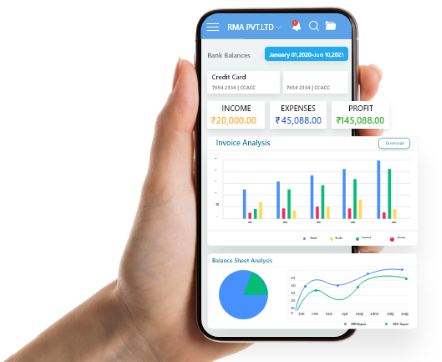
Try HostBooks
SuperApp Today
Create a free account to get access and start
creating something amazing right now!






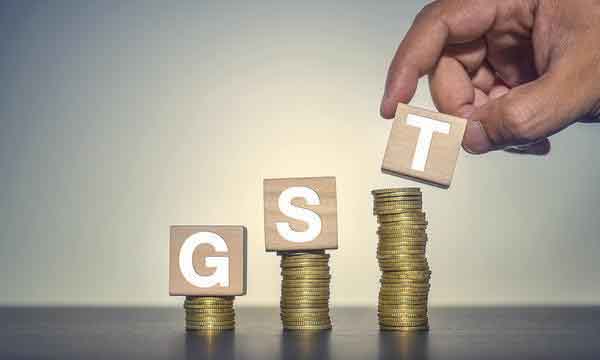




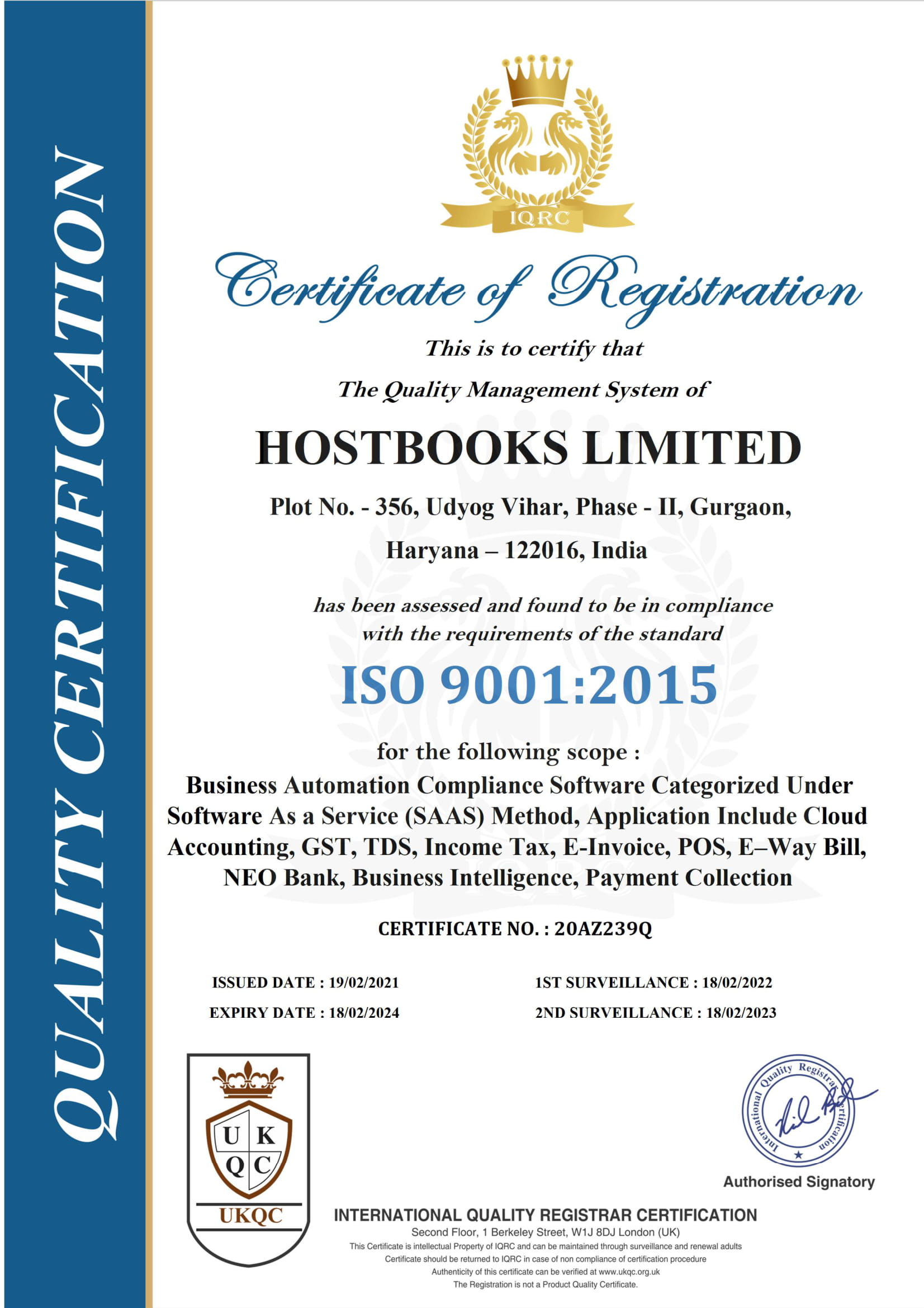
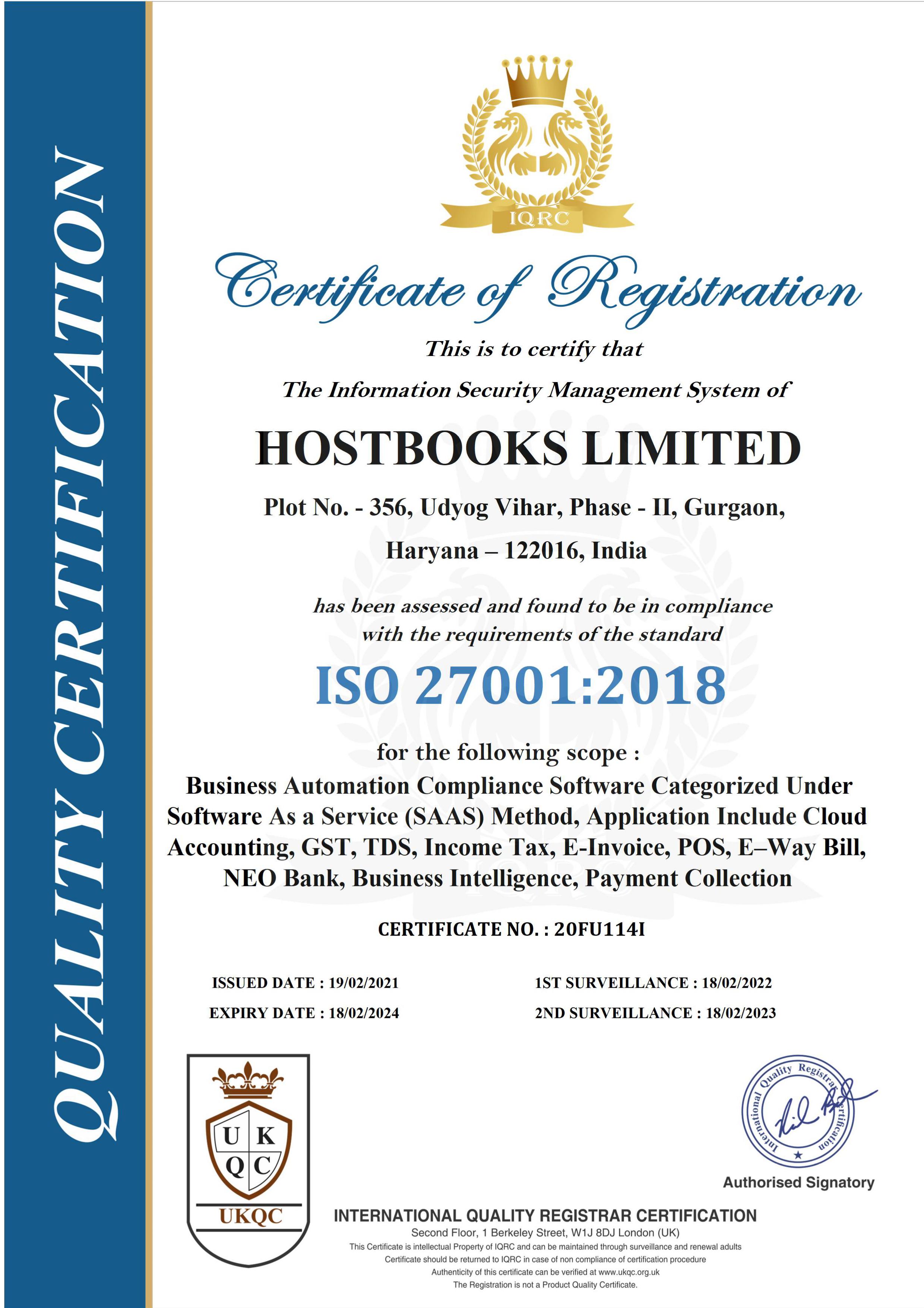
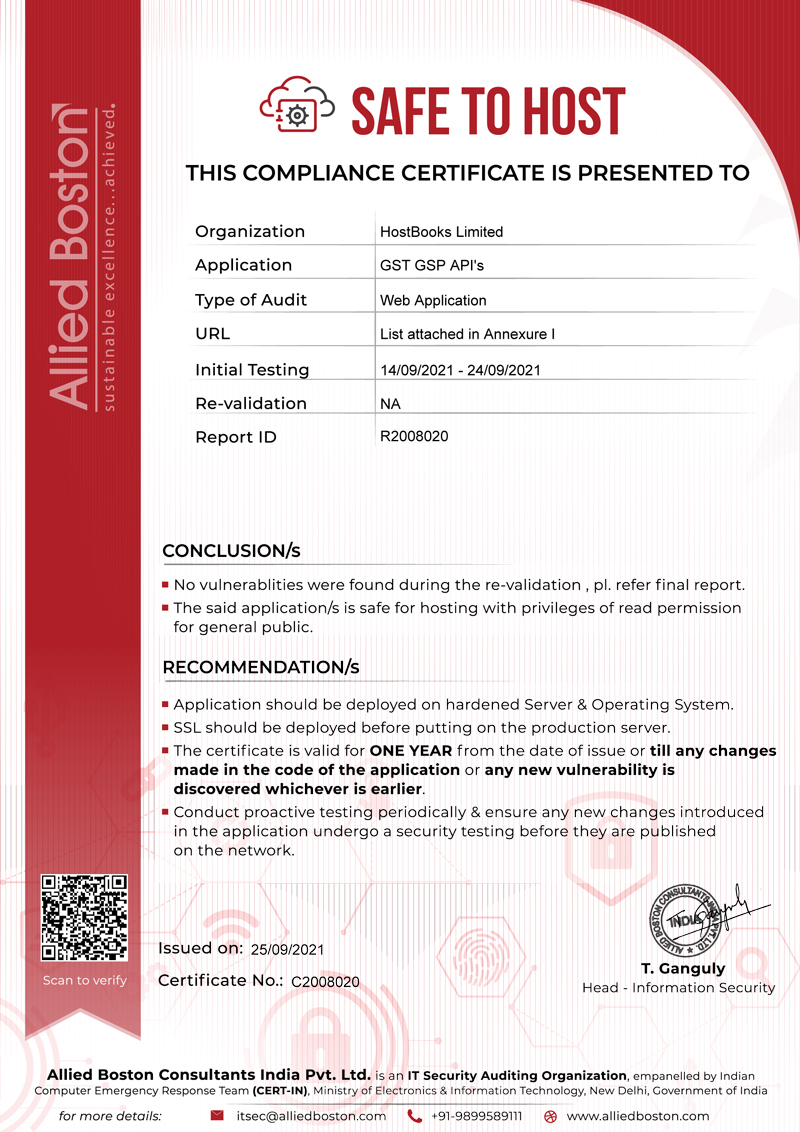



2 Comments
I lose my purchase bill, that selling vendor also not available, already i sold material. so how can filing gst
1. Sales material (Output supply)
• GSTR-1 is a monthly or quarterly return that summaries all sales (outward supplies) of a taxpayer (Supplier) for tax period wise to filed on GST portal.
• In you given situation you filed GSTR-1 for your sale (outward supply)
2. Purchase material (Inward supply)
• As per Section 16(2) – Eligibility and conditions for taking input tax credit
Notwithstanding anything contained in this section, no registered person shall be entitled to the credit of any input tax in respect of any supply of goods or services or both to him unless,––
a) He is in possession of a tax invoice or debit note issued by a supplier registered under this Act, or such other tax paying documents as may be prescribed.
b) he has received the goods or services or both
c) subject to the provisions of section 41 or section 43A, 7]the tax charged in respect of such supply has been actually paid to the Government, either in cash or through utilization of input tax credit admissible in respect of the said supply; and
d) He has furnished the return under section 39 (GSTR-3B): Provided that where the goods against an invoice are received in lots or instalments, the registered person shall be entitled to take credit upon receipt of the last lot or instalment
When all above condition are satisfied than taxable person eligible for ITC
In your give case you have not possession of purchase invoice or your vendor may not filed GSTR-1 and GSTR-3B (Tax not paid) you not eligible for ITC of such materiel purchase from supplier.
Conclusion: In your given case for your output supply (Sales) you filed GSTR-1 and GSTR-3B without taken of ITC on such purchase invoice.